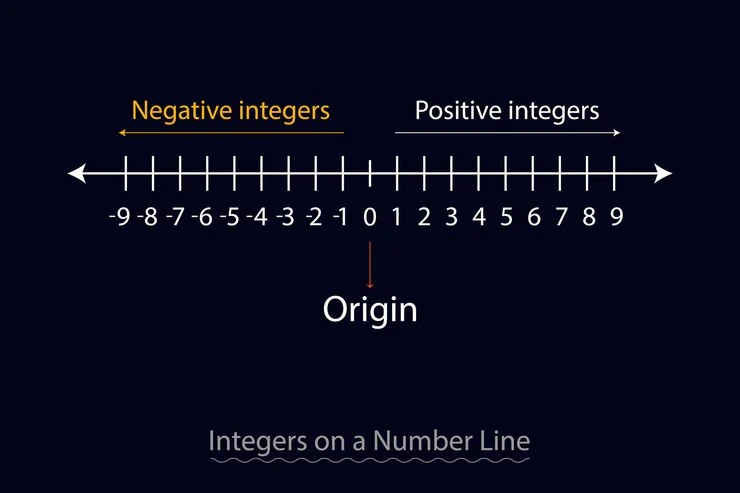A whimsical character inspires curiosity in children by simplifying maths concepts and turning learning into an exciting experience.
What is Numberlina?
Numberlina is a term gaining traction in various online communities and forums, but what exactly does it mean? At its core, it refers to a unique method or concept in mathematics, programming, or data analysis, though its exact definition can vary depending on context. Whether you’re a mathematician, coder, or simply curious about new trends, this comprehensive guide will help you understand everything you need to know about it.
The Origins of Numberlina
To understand Numberlina, it’s important to explore its origins. While the term might sound like something from a science fiction novel, it’s grounded in practical applications. Some believe it originated from a fusion of “number” and “ballerina,” hinting at a delicate dance or interaction between numbers in a structured form. Others suggest it could be a shorthand for complex numerical models or algorithms.
Regardless of its beginnings, it has found its place in discussions ranging from data science to digital art, suggesting a versatile nature that’s worth exploring.
How Numberlina is Used in Data Science
In data science, It often represents complex numerical patterns or systems that can be visualised or analysed to gain insights. For instance, it might refer to:
- Algorithmic Analysis: Using it to dissect algorithms and understand their efficiency.
- Data Visualisation: Representing large datasets in a more digestible form using the Numberlina approach.
- Predictive Modelling: Applying it methodologies to forecast trends or behaviours based on historical data.
Numberlina in Mathematics: A Deeper Dive
Mathematically, it can be associated with sequences, fractals, or even modular arithmetic. This section will delve into some mathematical concepts linked with it.
Number Sequences: Patterns and Predictability
Numberlina may represent a specific sequence of numbers that follow a unique pattern. For example, the Fibonacci sequence is a famous mathematical pattern where each number is the sum of the two preceding ones. It could be a new or existing sequence with special properties or applications in various fields.
Fractals and Geometry
If you’re familiar with fractals, you’ll recognise them as complex geometric shapes, split into parts where each part is a reduced-scale copy of the whole. Numberlina could potentially be a new type of fractal pattern, exhibiting self-similarity and complexity at various scales.
Modular Arithmetic and Cryptography
Modular arithmetic plays a crucial role in cryptography and coding theory. It can lead to new methods for understanding and visualising modular relationships, offering innovative approaches to securing data and solving encryption problems.
Applications of Numberlina in Programming
For programmers, Numberlina could represent a new paradigm or technique for managing data, algorithms, or even user interfaces. Here are some possible applications:
Data Structures and Algorithms
Numberlina could be a novel data structure that optimises the way information is stored and retrieved. Alternatively, it might be an algorithmic approach that improves efficiency in complex computational tasks.
Machine Learning Models
Machine learning relies heavily on numbers, statistics, and patterns. Numberlina could describe a unique neural network architecture or a new method of feature extraction that enhances the performance of machine learning models.
Numberlina in Digital Art and Design
Mathematical concepts, from symmetry to fractal art, have always shaped the world of digital art.
Numberlina in Everyday Life: Practical Examples

You don’t need to be a mathematician or a programmer to appreciate Numberlina. Its practical applications appear in daily life:
Financial Planning
It could be a new method of financial forecasting, helping individuals and businesses make better decisions by visualising financial data in a new way.
Fitness and Health Tracking
Health apps often use data patterns to monitor progress. It could provide a new way to visualise and interpret health metrics, making it easier for users to stay motivated and achieve their goals.
Challenges and Limitations of Numberlina
Like any concept, It has its limitations. It may not be suitable for every application and could pose challenges, such as:
Complexity: The underlying mathematics or programming may be difficult for beginners to grasp.
Scalability: Numberlina models may not scale well with extremely large datasets.
Interpretability: Visualising or explaining Numberlina-based findings could be challenging, especially for non-experts.
Future of Numberlina: Trends and Predictions
The future of Numberlina looks promising, with potential developments in various fields:
Educational tools can create new teaching methods that help students understand complex concepts more intuitively.
Advanced Analytics: Businesses may adopt Numberlina models to gain deeper insights into their operations and customer behaviours.
Art and Culture: As digital art continues to evolve, Numberlina could inspire new forms of creative expression.
How to Get Started with Numberlina
Interested in exploring it yourself? Take these steps to get started:
Learn the Basics of Mathematics and Programming: A solid foundation will help you understand more complex it concepts.
Explore Online Resources: Look for tutorials, forums, and articles discussing Numberlina in various contexts.
Experiment: Try applying it to a small project, whether it’s visualising a dataset or creating a piece of digital art.
Conclusion: Embracing the Potential of Numberlina
In conclusion, it is an intriguing concept with the potential to impact a wide range of fields, from data science to digital art. While it may still be a niche idea, its versatility and innovation make it worth exploring. Whether you’re a mathematician, programmer, artist, or just curious, delving into it could open up new ways of thinking and problem-solving. Keep an eye on this emerging trend, as it might just be the next big thing in your area of interest.

1 thought on “Numberlina: A Smart and Detailed Guide to Understanding the Concept”